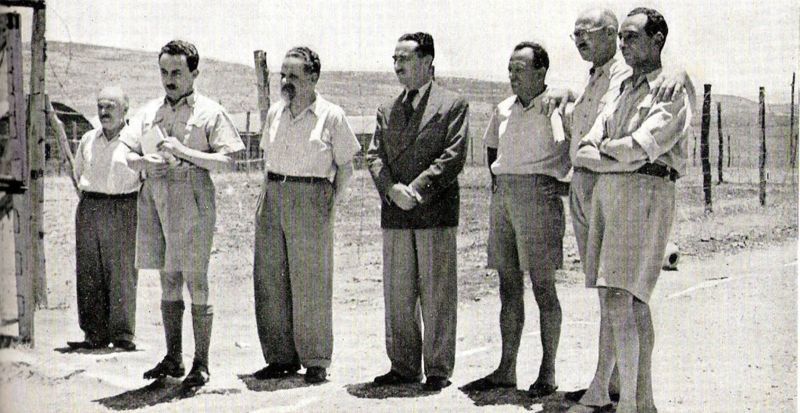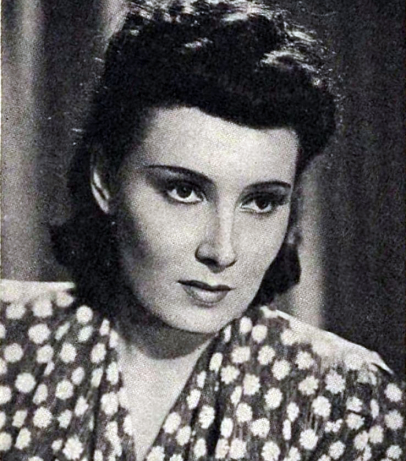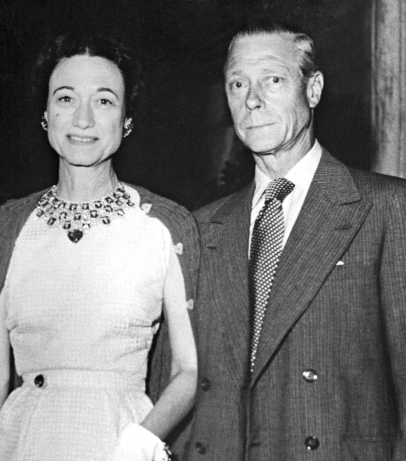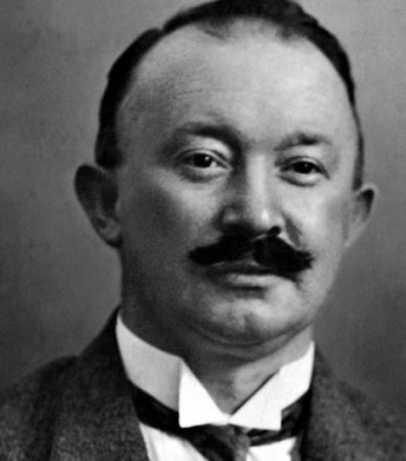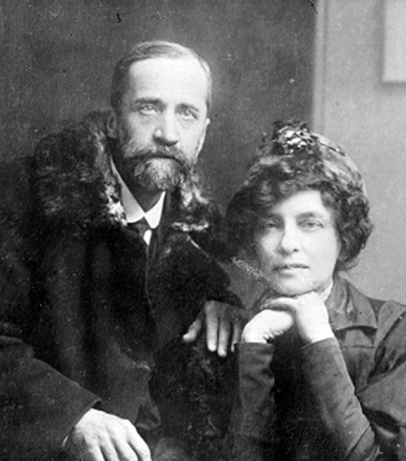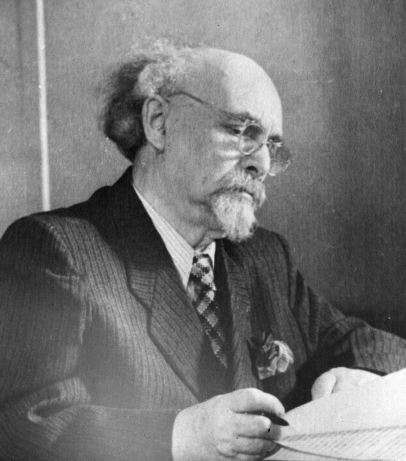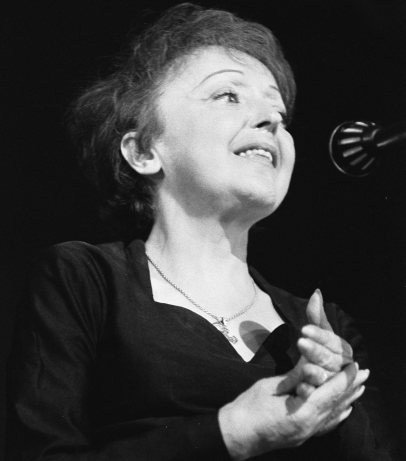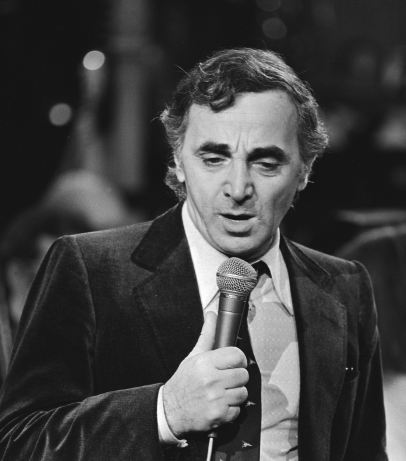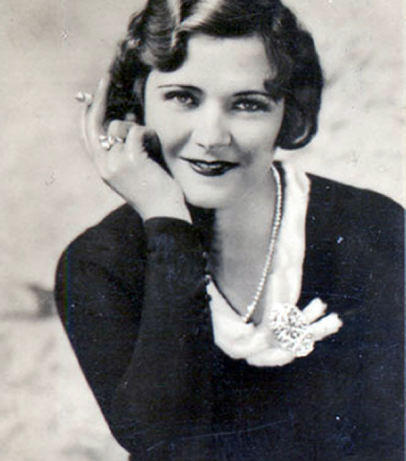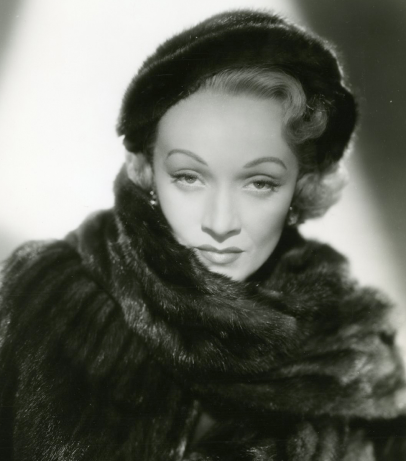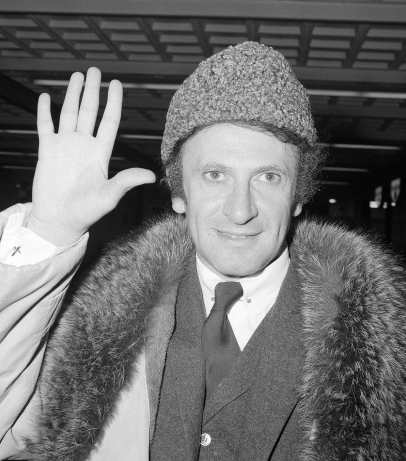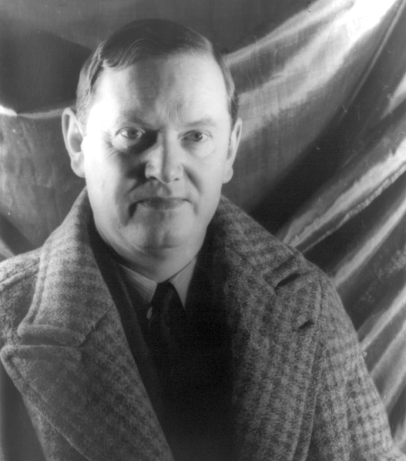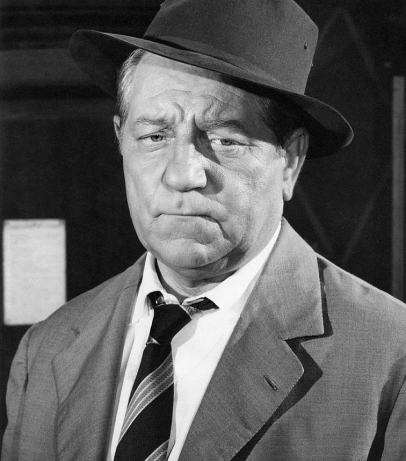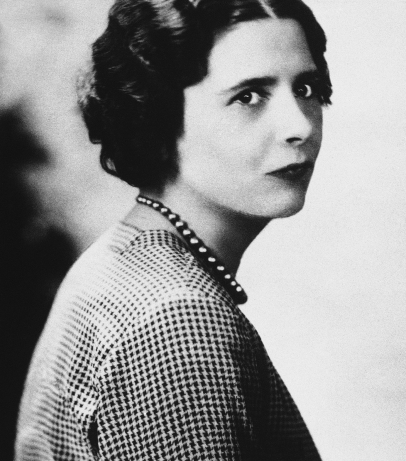On 29 June 1946, in response to the "Night of the Bridges" (Jewish terrorist attack), the British authorities conducted a police operation with the involvement of the army. The military had long been against Zionists, but it was restrained by High Commissioner Alan Cunningham. However, after almost all the border bridges had been destroyed and six British officials had been kidnapped, the High Commissioner ran out of patience as well.
The police response to "Night of the Bridges" went down in history as Operation Agatha. According to different sources, the number of soldiers and police officers involved in the operation ranges from 10,000 to 25,000. A large military force was deployed during the operation. Military aircraft flew over major cities, checkpoints were blocked, railway services were suspended, and a curfew was imposed.
During the operation, a large number of weapons were seized: more than 300 rifles, about 100 two-inch mortars, more than 400,000 cartridges, 5,000 grenades, and 78 revolvers were found in the kibbutz (settlement) of Yagur alone. The weapons were shown at a press conference, and all the men of the kibbutz were arrested.
The Jewish population saw the operation as a continuation of the Holocaust: women were tearing up their clothes, showing tattooed camp numbers. The military and the police behaved harshly and a number of people were put into cages. Some British troops provoked the settlers by shouting "Heil Hitler!" and by drawing swastikas on the walls after searches.
The escalation reached its pinnacle in July when the Jewish underground organisation "Etzel" blew up the south wing of the King David Hotel, which was the headquarters of the British government in Palestine.
Source: http:/www.jewishvirtuallibrary.org/jsource/History/defense.html
